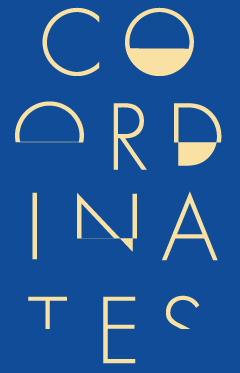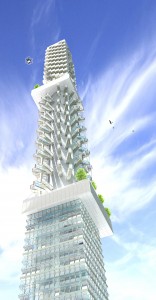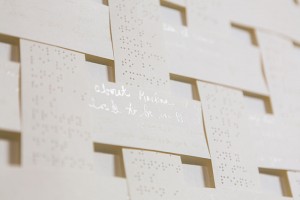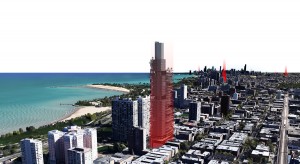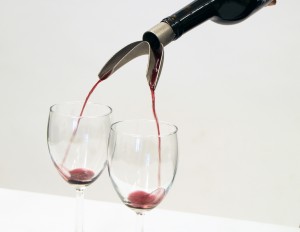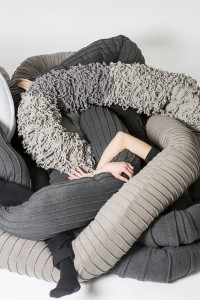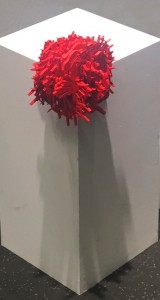Born and raised in Milwaukee, Wisconsin, Mary’s Burke’s passions lie in family, culture and heritage, which closely align with the principles used in her designs. As she has pursued a career in architecture, her dedication to the field has continually solidified. What was once a general interest has focused into a passion for architectural interiors, specifically through designing built realities in response to how people directly experience space. Mary Burke studied architecture at the University of Wisconsin-Milwaukee for her undergraduate degree. She is pursuing a certificate in Historic Preservation at SAIC.
Revitalizing Dying Urban Malls
“The typology of retail is being rethought. By reviving historical skeletons and refilling them with urgent and popular community needs, urban malls can turn into thriving centers for the city.”
The original definitions of adaptive reuse can no longer be applied when a building has failed and does not fit its purpose. Through my research of urban malls I have found a direct correlation between the development of the shopping mall and adaptive reuse as an economic stimulus to the city. The Grand Avenue Mall is an urban mall that is no longer serving this purpose for the city of Milwaukee,Wisconsin. Therefore, I pose the question: how do you retrofit this urban mall into an urban catalyst?
My approach to a new strategy for adaptive reuse is in response to Ellen Dunham Jones’ book and token term, “Retrofitting Suburbia.” Her definition of retrofitting refers to turning “auto dependent, underutilized suburbs into vibrant, sustainable communities” through urban design tactics. Under Dunham-Jones’ suburban context, I propose using the tactics she describes as successful urban design to benefit and redevelop the Grand Avenue Mall. My goal is to reuse the iterations of historic preservation performed on these buildings with these new urban designs to turn the Grand Avenue Mall into a building of culture, economy and entertainment.
